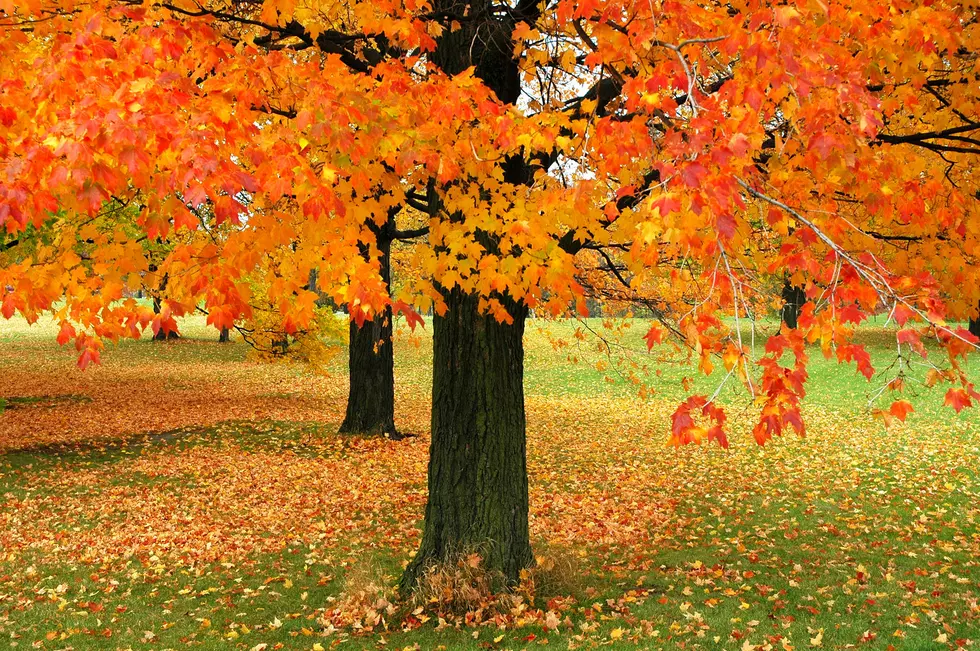
Minnesota DNR Warns We Could Lose Maple Trees In 100 Years Due To Climate Change
Sugar Maple trees are beloved in Minnesota. They are a huge reason that we have beautiful, magnificent, bright fall colors in our forests. They are where we get our maple syrup from, and they are an integral part of Minnesota's forests. The Minnesota Department of Natural Resources recently posted some information about climate change in Minnesota that is frightening for Minnesotans who love their forests.
It's climate week, and the Minnesota DNR shared on social media recently that man plants, and animals depend on snow and snow cover to survive. Snow also acts as a blanket for roots, insects, and animals. Snow on the ground is like an insulating blanket for them and helps protect them from extreme cold.
Shorter winters, and less snow cover are the problem.
Weather data from the State Climatology Office tracks our winter weather going back as far as 1895. You can look at the numbers with the Minnesota Climate Explorer and look for yourself at different data options, but in general, our winters are getting warmer, shorter, and have less snow cover. There is more snowfall, but it isn't sticking around because of warmer temperatures and a shorter season. The repeated freezing and thawing of plants during the winter season is also taking its toll.

Sadly, the sugar maple trees make a good example of how climate change is hurting our forests. The trees are being stressed by reduced snow cover and the changing winter season.
Minnesota's sugar maple trees are already in trouble.
The Three Rivers Park District located in Plymouth, Minnesota is an organization that works to educate and promote environmental stewardship. The Minnesota DNR featured information from them regarding the future of Sugar Maple Trees. If nothing is changed, they expect the trees could be out of Minnesota by 2122, 100 years from now.
They also say the maple season is getting shorter. The season depends on freezing temperatures overnight, with rising temperatures during the day. That's how the sap comes out of the trees. Shorter winters mean less time for maple syrup.
The center of the density of maple trees in Minnesota is moving north already. Back in the early 1900s, the center was near Brainerd. In 2003 it was found that the center of density was 60 miles north in Grand Rapids.
What's the reason the maples are in trouble?
The main reason the maples are struggling is that they don't have enough snow cover to protect their roots. It's also causing young maples to grow slower, leaving them more vulnerable. Warmer winters also mean a bigger deer population, and they eat maple seedlings and saplings.
The 100 Best Places to Live in the Midwest

